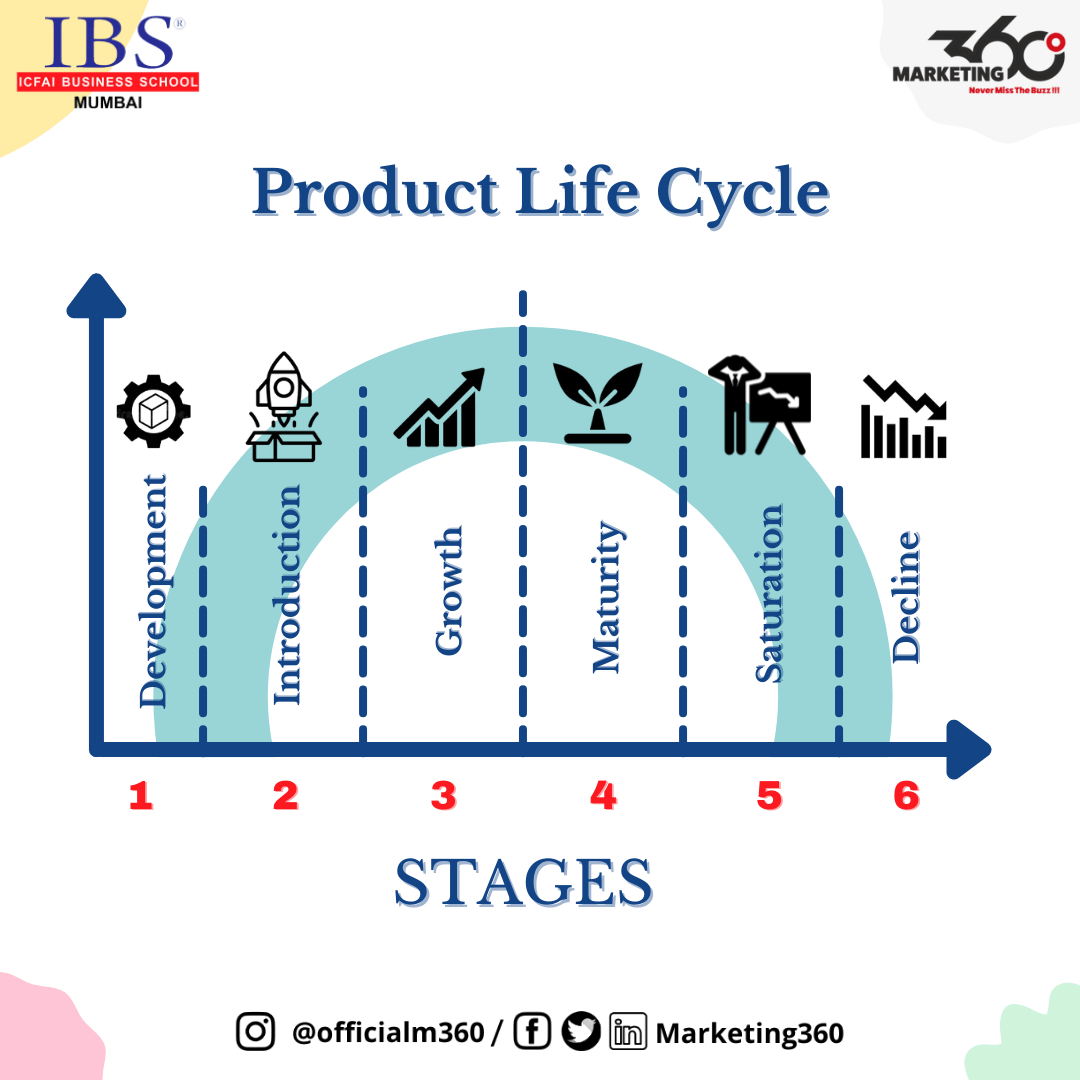The following people need to hand in the Instagram ad tomorrow at the beginning of class otherwise you will receive a zero on the assignment.
- Finn, Peyton, Ryland, Grayson, Brooke, ( Jordan Tiller I know you did it but I need to see a copy of it)
The product life cycle is the progression of a product through 5 distinct stages—development, introduction, growth, maturity, and decline. The concept was developed by German economist Theodore Levitt, who published his Product Life Cycle model in the Harvard Business Review in 1965. We still use this model today.

WATCH VIDEO

No comments:
Post a Comment